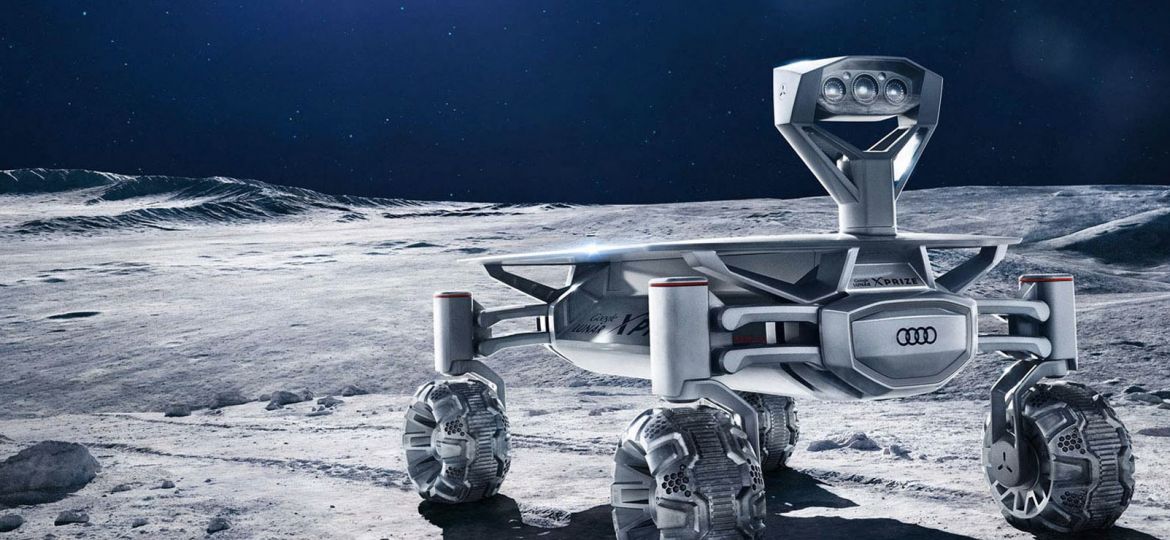
WHY THIS MATTERS IN BRIEF
The cost of space travel has fallen dramatically over the past decade and now Google wants to encourage private organisations and entrepreneurs to take the next bold step in humanity’s story.
In 2015 Audi, the luxury car brand, announced it would be “taking off for the Moon” and teaming up with Nvidia and German space pioneers Part Time Scientists to compete to win Google’s Lunar XPRIZE, and now, the latest iteration of the rover and its landing craft are now undergoing extensive testing ahead of a planned visit to the landing site of the Apollo 17 Moon mission late next year.
The $30 million Lunar XPRIZE competition, which started with more than 25 teams, which has now been whittled down to just 16 teams from Brazil, Canada, Chile, Hungary, Japan, Israel, Italy, Malaysia, and the United States, and aims to encourage the development of new, low cost space technology by having private groups build, launch, and land a robotic lunar rover on the surface of the Moon by December 2017. The rover must then travel 500 m (1,640 ft) while taking high definition images.
According to Audi the lunar Quattro incorporates Audi’s e-tron electronic EV power technology to provide intelligent all wheel drive power and, according to Audi, it has had a number of significant updates. It’s now 8 kg (17.6 lb) lighter at 30 kg (66 lb) thanks to “an optimum mix of materials” and the use of 3D printing to fabricate aluminium parts.
The rover has already been subjected to a series of tests, including in the Audi sun simulation chamber, which provides the extreme temperature conditions found on the lunar surface. The rover, along with the ALINA lander, which will deliver two of the Quattros to the Moon, are scheduled to undergo stress testing as well as a complete mission simulation at a Middle East location in the early part of 2017.
The gallery was not found!
Audi and Part-Time Scientists plan to launch mission atop a yet to be determined rocket late next year and set down the lander and the two rovers at the Taurus Littrow region of the Moon. There the rovers will travel to the Apollo 17 landing site to examine the manned lunar rover left behind by the astronauts in 1972 using four cameras to return 3D and 360° images.
How close the Audi lunar Quattros can get to the landing site is open to question because the US regards all the Apollo landing sites as historic monuments with only limited access. Apollo 17 is particularly sensitive and NASA requests that all future missions keep at least 2 km away.
Audi says that along with the rovers and lander will carry scientific experiments from NASA, ESA, and Wikipedia.
Founded in 2008 by Robert Böhme and made up of international 35 engineers, the Berlin-based Part-Time Scientists is the only German team. Audi has contributed its technical expertise and helped the team to bring other partners on board.
“We are proud that we have given the moon rover important aspects of the four rings’ DNA: It is a Quattro, has an e-tron battery on board, drives in piloted mode and offers an intelligent mix of materials,” says Michael Schöffmann, Head of Audi Transmission Development and Development Coordinator of the Audi lunar Quattro. “The collaboration with the Part-Time scientists is also very enriching for us: We are breaking new technological ground with the Audi lunar Quattro and can learn much about how automotive components behave in extreme conditions.”
















